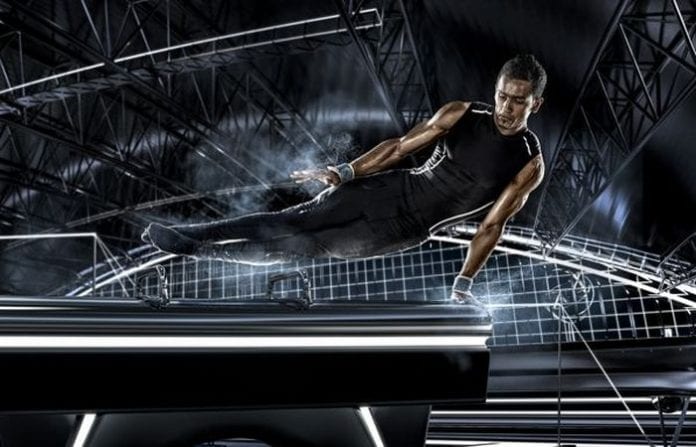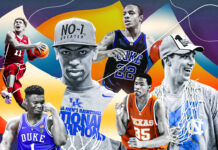Sports medicine continues to evolve at a rapid rate, with advancements in technology helping to drive exciting innovations in the industry.
The growing desire to live a healthy lifestyle has encouraged more people to take up sport, but this has had the knock-on effect of increasing the incidences of injuries.
This has resulted in a greater demand for sports medicine, helping the sector to become a lucrative multi-billion-dollar business.
Analysts have predicted that this trend will continue in the future, with the market size projected to reach more than $15 billion by 2027.
According to Sportslens, the future of sports medicine is bright, so read on as we find out what experts have been saying about some of the latest developments.
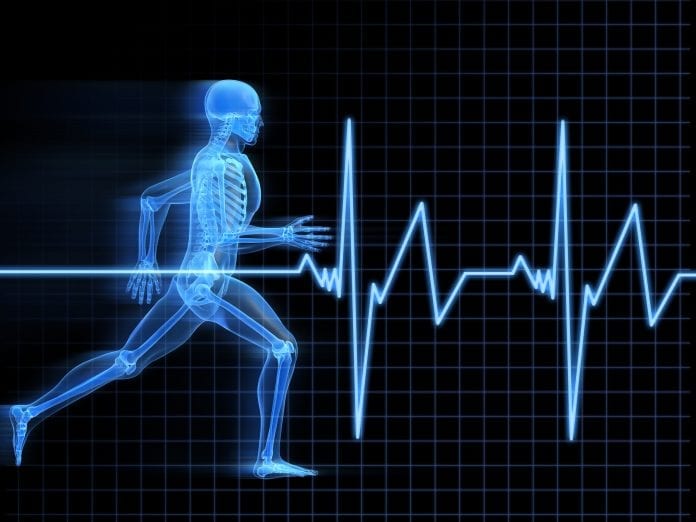
Tech increasing Focus on Early Prevention
Knowledge about the benefits of early prevention is on the rise in sports medicine circles and has been forecast to have a significant impact over the coming years.
The practice of technology-driven prevention and early diagnosis is becoming increasingly prevalent, as medical professionals strive to give athletes a greater understanding of their bodies.
Dr Sean McMillan, chief of orthopaedics, Virtua Willingboro and Camden campuses, says that the way an athlete moves can either increase or decrease the chance of injury.
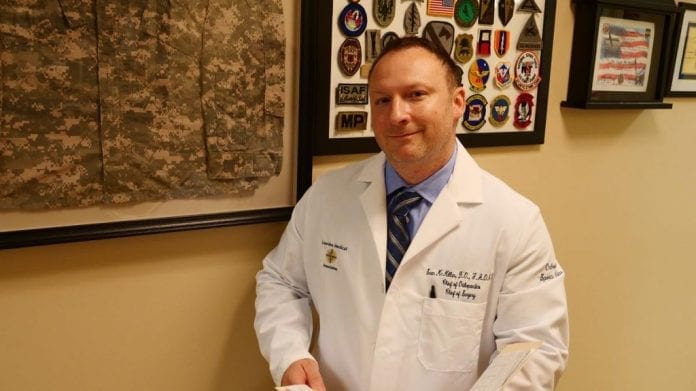
McMillan has helped to develop a program that evaluates how young athletes run, jump and turn to help them make changes and minimise the prospect of sustaining injuries.
“We can identify if someone is at high risk for tearing an ACL, for example, and get them involved with a rehab program to help them learn how to move differently,’’ he told Jersey’s Best.
“A patient goes to our physical therapy centre and wears the sensor. We can analyse things like if the left knee is weaker than the right.
“Sometimes we can set them up with orthopaedics that can help address an issue. Or, we can teach them how to jump differently.”
Imaging Transforming Injury Diagnosis
A Charlottesville-based company, Springbok Analytics, has used technology invented by three University of Virginia professors to revolutionise the way that muscle injuries are diagnosed.
Silvia Blemker, Craig Meyer and Joe Hart developed innovative software that turns black and white MRIs into colour-coded 3D renderings. This measures and compares muscles to one another at a level of accuracy currently unavailable anywhere else in the world.
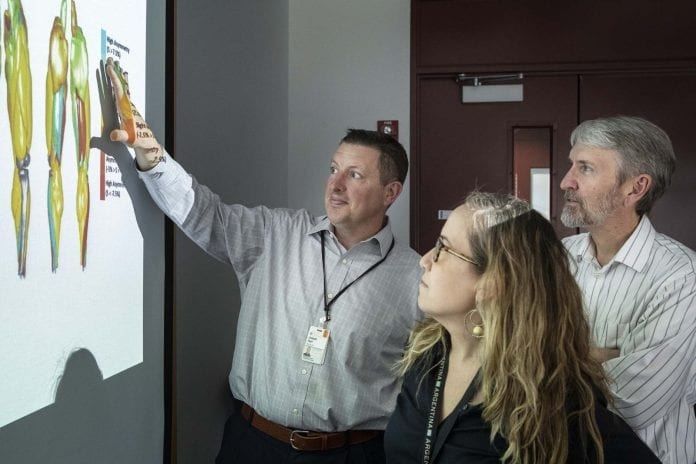
The tech helps doctors and physical therapists to figure out precisely where a problem exists in an athlete – or if one even exists at all.
“The technology tells you exactly what every single individual muscle looks like and how that relates to your performance and injury recovery,” said Hart.
“It can see things that a doctor can’t see and evaluate muscle function in a way that no current clinical tool can evaluate. The sports cliche is that it’s a game of inches, but we’re proving that it’s really a game of cubic millimetres.
“Imagine going to the gym and the trainer telling you do this exercise and that exercise. Well, if the trainer knew exactly which muscle was smaller or bigger than normal, he or she could tell you the exercises that would most make use of that hour in the day you have to do your exercise.
“What we’ve learned is that when you go and get exercise recommendations from a therapist or doctor – they’re typically targeting the big muscles. But sometimes the large muscles are fine.
“It’s the smaller muscles that are deficient and causing the symptoms, but without a measurement tool to identify those deficits, you cannot develop the best exercises to treat them.”
Medical Experts Embracing the Virtual Ethos
A new online platform – the Performance Team – is another innovation that could have a big influence on sports medicine in the future.
Physiotherapists Mark Buckingham and Matt Bergin have teamed by with Sports Medicine Doctor John Rogers to launch a ‘virtual’ injury & illness assessment, diagnosis and prevention service.
The trio identify underlying issues in athletes of all abilities by using the latest video technology to conduct virtual gait analysis, before making recommendations on what they discover.
Bergin says the service improves an athletes’ hopes of recovery and gives them a better chance of avoiding injury in the future.
“Far too often, runners don’t seek help until the inevitable – they get hurt and are told to rest,” he said. “On top of this, physios are often guilty of just looking at the sore bit and failing to look at the reasons why it has become sore in the first place.
“Virtual gait analysis allows us to observe how your body moves, and not just your legs. How does your leg swing through? Where does your foot land? How does your foot absorb the impact? How does the arm swing? Are you rotating through the upper back?
“Through our knowledge and understanding of running biomechanics, all these points allow us to build a picture as to the areas of your body that may be susceptible to overload and are more likely to develop injury if left untreated.”

Orthobiologics Gaining Traction in Sports Medicine
Respected orthopaedic surgeon, Dr Kenneth Chern, is pioneering a technique that uses the body’s own cells to repair injuries and reduce inflammation.
The process, known as orthobiologics, takes stem cells and platelet-rich plasma from an athlete’s body and formulates them into higher concentrations.
These are then into the damaged area and have been found to be a more effective way to repair injuries than more traditional medical treatments.
“Stem cells are healing cells,’’ said Chern. “They are being used for osteoarthritis, tennis elbow and soft tissue injuries. Not only do stem cells help injuries heal more quickly, they improve the quality of healing. The tissue is more robust, unlike scar tissue, which is weaker tissue.’
“Platelets are known to help clot blood to prevent excessive bleeding, and they also release good compounds that promote healing.
“When a patient has tried all the other treatments and surgery is the next step, we can try these treatments. It has to be done in an ethical, responsible way. I can offer patients a lot of treatment
